Simple example with R on mydata:
l=structure(list(dat = structure(1:9, .Label = c("01.01.2016",
"02.01.2016", "03.01.2016", "04.01.2016", "05.01.2016", "06.01.2016",
"07.01.2016", "08.01.2016", "09.01.2016"), class = "factor"),
lpt = c(94L, 3L, 30L, 92L, 20L, 80L, 20L, 190L, 52L)), .Names = c("dat",
"lpt"), class = "data.frame", row.names = c(NA, -9L))
l=ts(l)
spectrum(l)
R returned plot with periodogram
On this periodogram we can see bursts of values (two bursts 0.23, 0.45).
How should the values of the x-axis and the у-axis be reduced to a dataframe, but only for those values on the x axis that are bursts?
Second question: Can these values be displayed not in frequencies, but in absolute, original units(dat,lpt)?
